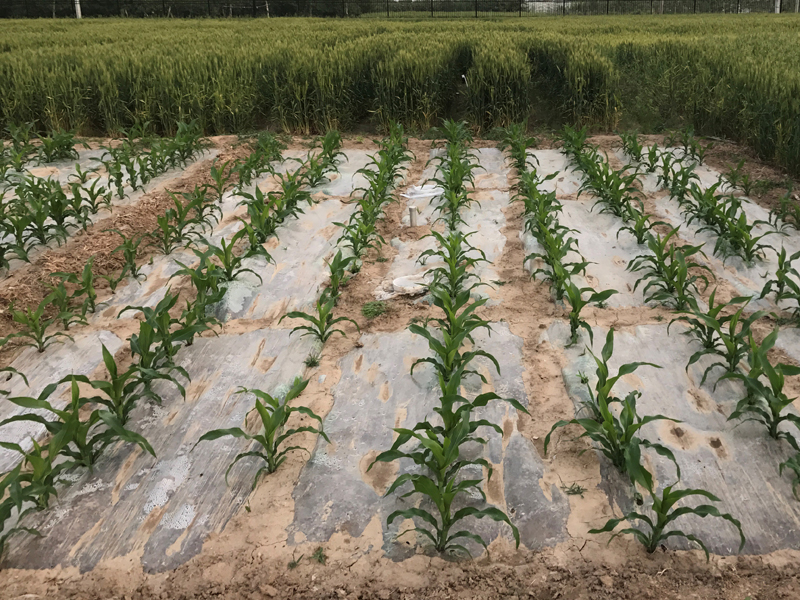Science News
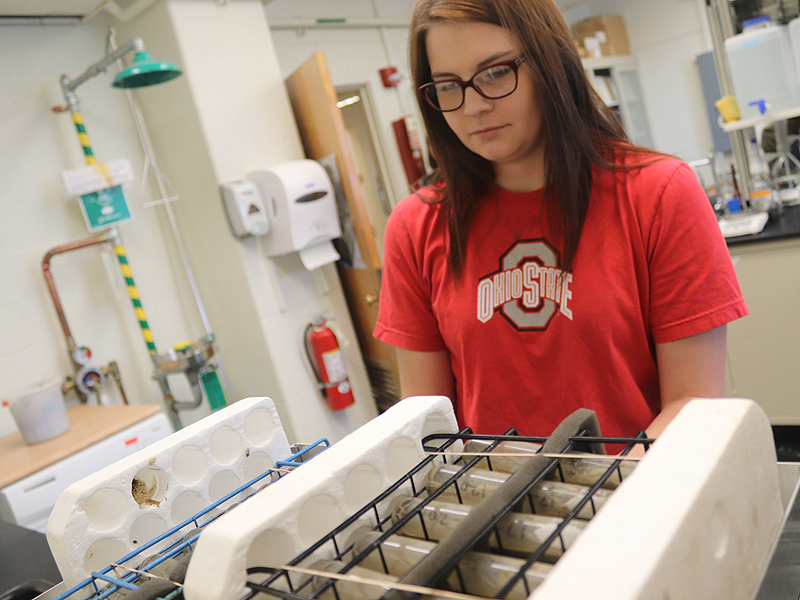
Healthy soil contributes to healthy crops. Farmers know this, so they do what they can to ensure their soil is in good shape. They send samples of their soil for lab testing to find out if it is low in any important nutrients. If it is, they can take steps to improve the health of their soil. These might include adding fertilizers or growing cover crops that feed the soil.

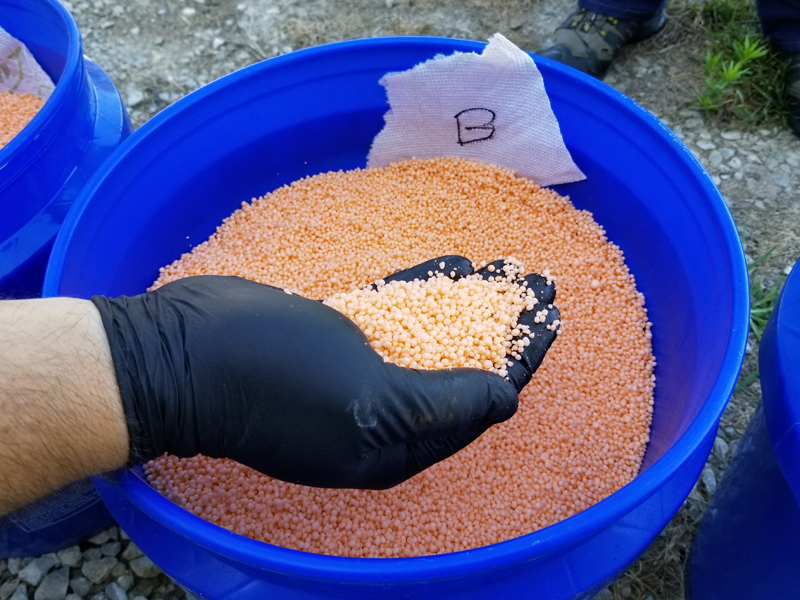
Take a trip down into the soil beneath a field of crops. You won’t find just dirt, water, and creepy-crawlies. You’ll also find reactions that remind you of high school chemistry lab.

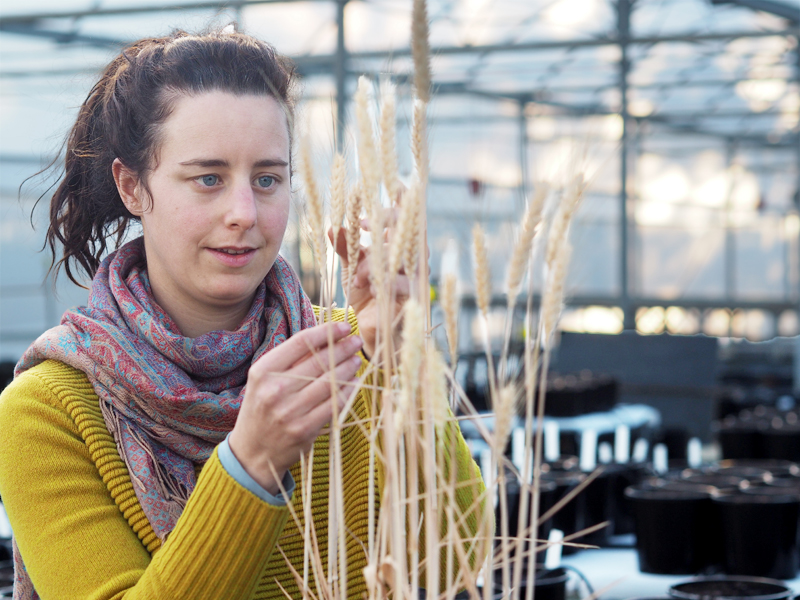
A heat wave sweeps through a city and people swelter, running indoors to find air conditioning. But crops out in a field aren’t so lucky. For them, there is no escape.

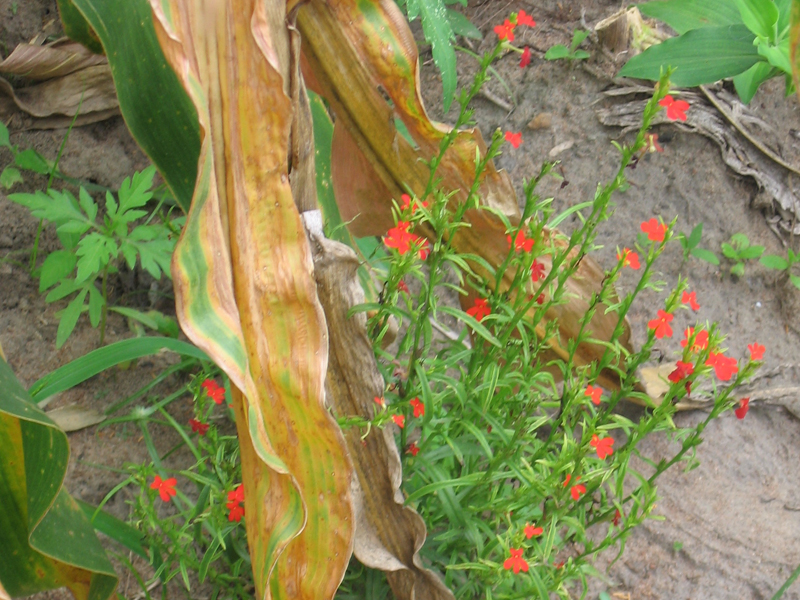
The world produces more corn by weight than any other cereal crop. Corn, also known as maize, is a staple food in many countries. But farmers growing corn face many challenges, such as drought, diseases, and pests.

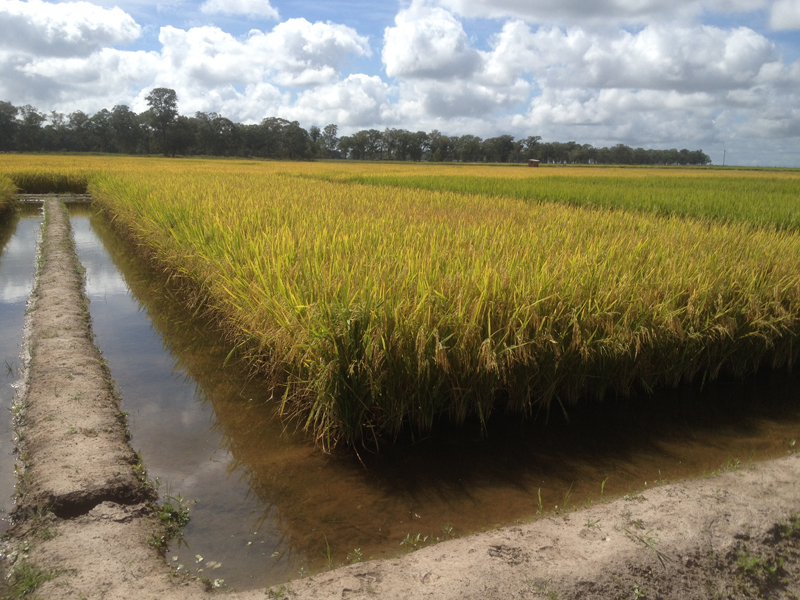
Outside Asia, no country produces as much rice as does Brazil. It is the ninth largest rice producer in the world. Average annual yields are close to 15 million tons.

Rice production in Brazil is a multi-billion dollar industry. It employs hundreds of thousands of people, directly and indirectly.
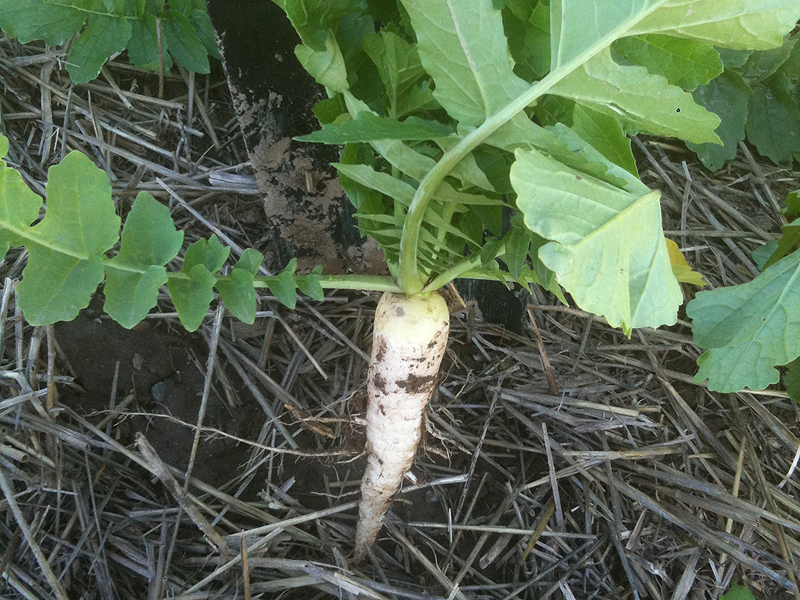
When you think of a radish, you may think of the small, round, crunchy, red-and-white vegetable that is sliced into salads. You might be surprised to learn that a larger, longer form of this root vegetable is being used in agriculture as a cover crop.

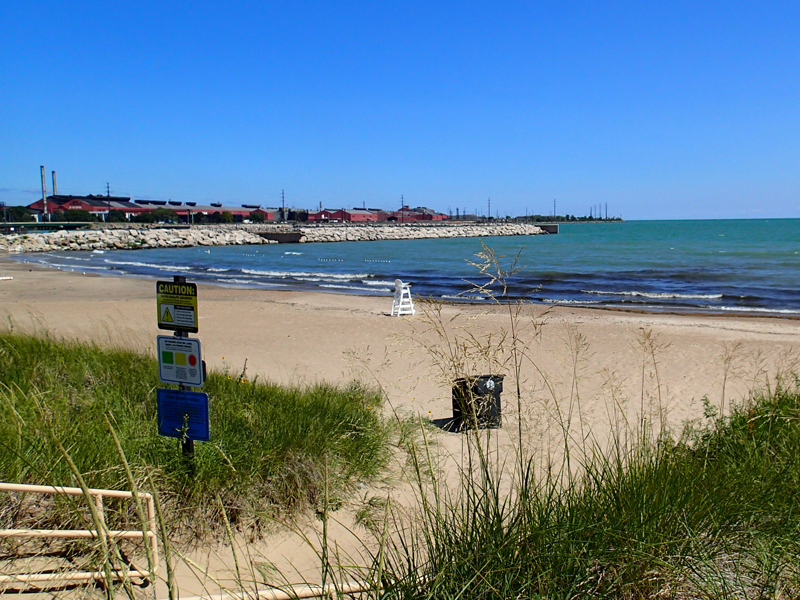
This summer, during the middle of a heat wave, you might want to enjoy a swim at your local beach. But summer is also the time of algal blooms and E.coli alerts—and that can put a damper on your plans to cool off.

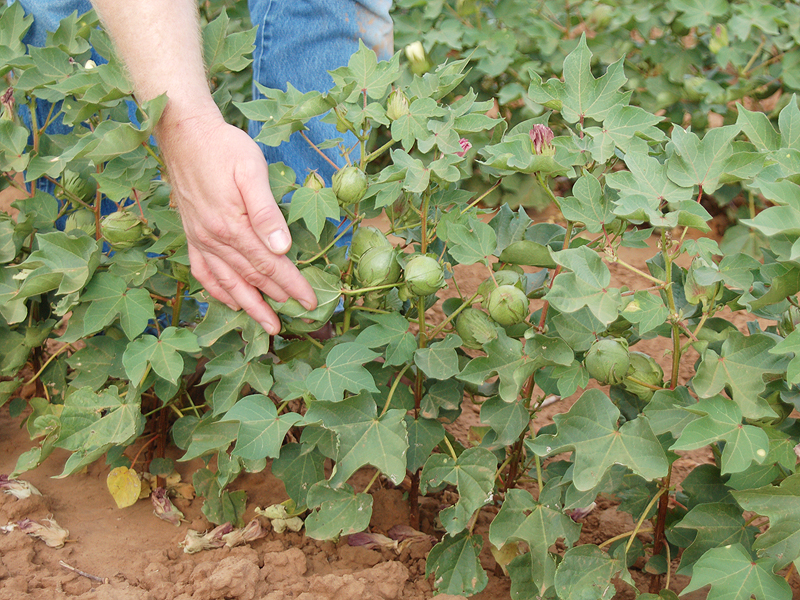
Plants need water—but what about when it’s running low? Is it possible to use less water and still have healthy crops?

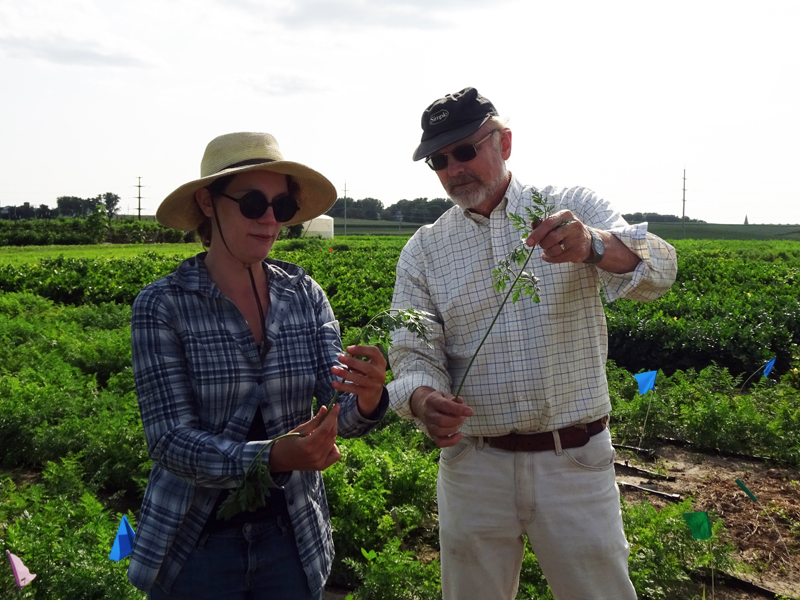
Have you thanked a crop breeder today? Public-sector plant breeders (for example, at public universities) have developed crops for better productivity. As a result, more food is available to feed a growing population.

